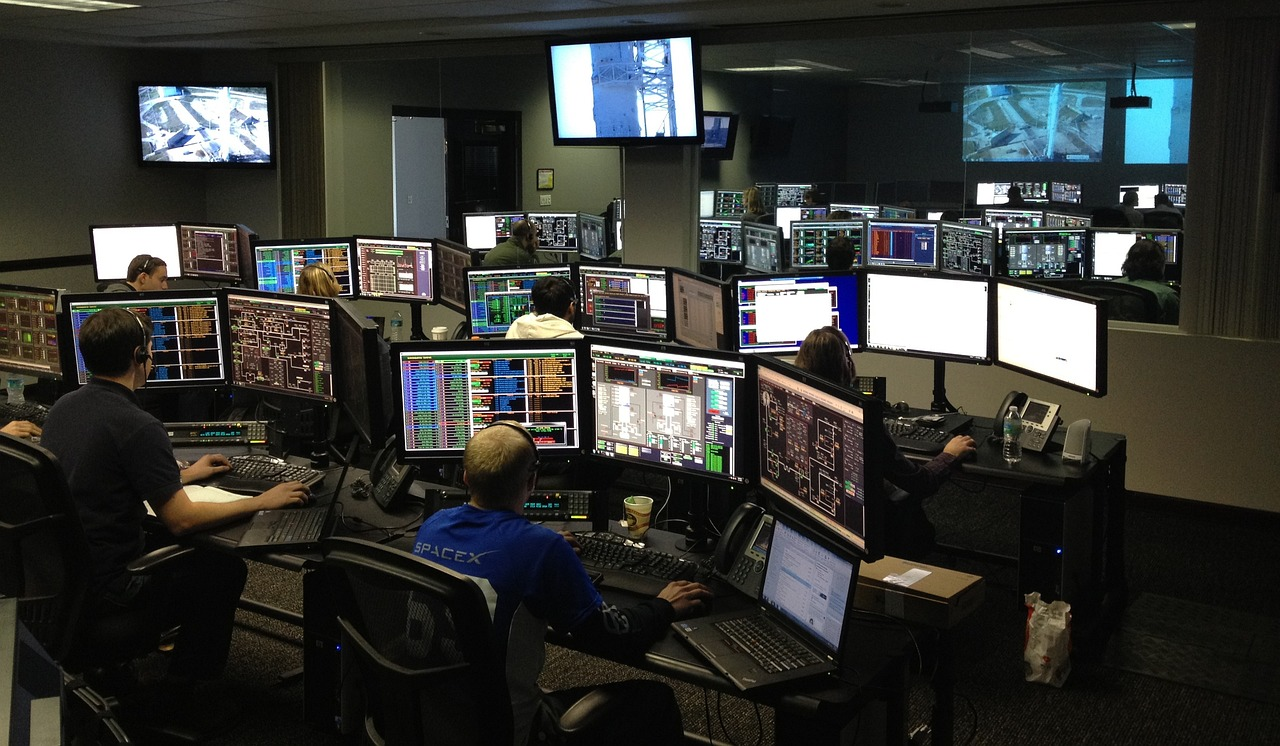Integrated Event Monitoring for Improved IT Infrastructure: Top Facts to Know
Maintaining a robust IT infrastructure is crucial for organizational success. Integrated event monitoring emerges as a vital strategy, enabling businesses to detect, respond to, and resolve issues in real time. This approach not only enhances system reliability but also promotes proactive risk management and informed decision-making. In this blog, we will explore the top facts about integrated event monitoring, highlighting its benefits, implementation strategies, and the transformative impact it can have on your IT environment. Whether you are a seasoned IT professional or just starting, understanding these key elements will empower you to optimize your infrastructure and stay ahead in an increasingly digital world.

Implementation Strategies for Effective Monitoring
To successfully implement integrated event monitoring within your IT infrastructure, several key strategies should be considered. First and foremost, it’s essential to establish clear objectives aligned with your business goals. This ensures that the monitoring system is tailored to address specific needs, such as uptime, performance metrics, or compliance requirements.
The next step is to identify the appropriate tools and technology. Evaluate various comprehensive event monitoring tools that can integrate with your existing systems and provide real-time insights. These tools should support a diverse range of data sources, including logs, metrics, and events from various IT components such as servers, applications, and networks.
Another critical aspect is the proper configuration and customization of the monitoring system. This involves setting up alerts for specific events or thresholds to trigger notifications when issues arise. It’s also essential to establish clear escalation procedures for the timely resolution of critical incidents. Additionally, regular reviews and updates of the monitoring system are necessary to ensure it remains aligned with evolving business needs.
Common Challenges in Event Monitoring
While integrated event monitoring offers numerous advantages, organizations often encounter several challenges that can hinder its effectiveness. One of the primary challenges is the overwhelming volume of data generated by various IT components. Sifting through massive amounts of logs and metrics can lead to alert fatigue, where critical issues may be overlooked amidst a barrage of notifications.
Another issue is the integration of disparate systems and tools. Many organizations use a mix of legacy and modern technologies, making it difficult to create a unified monitoring solution that offers consistent visibility and insights across the entire IT landscape. Furthermore, ensuring that the monitoring system is equipped to handle ever-evolving security threats can be a daunting task, as cyber threats become more sophisticated and frequent.
Gaining buy-in from key stakeholders is essential yet often challenging. To successfully implement event monitoring initiatives, it is critical to engage all relevant parties, including IT staff, management, and end-users, ensuring that everyone understands the value and purpose of the monitoring system. Addressing these challenges effectively can lead to more efficient monitoring practices and an overall stronger IT infrastructure.
Tools and Technologies for Event Monitoring
Selecting the appropriate tools and technologies is fundamental to implementing an effective integrated event monitoring strategy. Numerous solutions are available in the market, each offering unique features tailored to diverse organizational needs. Popular event monitoring tools include Splunk, which provides robust data analytics and visualization capabilities, allowing IT teams to gain insights from machine-generated data. Another noteworthy option is Prometheus, an open-source monitoring tool designed for reliability and scalability, particularly adept at recording real-time metrics and setting alerts for anomalies.
Additionally, solutions like ELK Stack (Elasticsearch, Logstash, and Kibana) enable powerful log management and data analysis, facilitating a deeper understanding of system events. For organizations looking for simplicity and ease of use, tools such as Datadog integrate various monitoring services, providing a unified view of metrics, traces, and logs all in one platform. Incorporating these tools requires careful consideration of integration capabilities, ease of use, and the specific monitoring requirements of the IT environment, ensuring a seamless blend with existing systems and ultimately enhancing operational efficiency.

Future Trends in IT Infrastructure Monitoring
As technology evolves, so too does the landscape of IT infrastructure monitoring. One of the most significant trends on the horizon is the integration of artificial intelligence (AI) and machine learning (ML) into monitoring solutions. These advancements will enable predictive analytics, allowing organizations to anticipate potential issues before they arise and automate responses to common problems. This shift towards proactive monitoring will drastically reduce downtime and enhance overall system resilience.
Additionally, the growing adoption of cloud-based architectures will require monitoring tools to adapt, focusing on hybrid environments that encompass both on-premises and cloud resources. This shift will highlight the necessity for solutions that provide seamless visibility across multiple infrastructures. Another emerging trend is the emphasis on observability, which transcends traditional monitoring by providing a comprehensive understanding of system behavior through improved data collection and analysis methods.
Integrated event monitoring stands as a cornerstone for maintaining a resilient and efficient IT infrastructure. By enabling real-time detection and resolution of issues, organizations can significantly enhance system reliability, respond proactively to emerging threats, and make informed strategic decisions. While challenges such as data volume and system integration persist, the careful selection and implementation of appropriate tools and technologies can mitigate these hurdles. As we look to the future, embracing trends such as AI, machine learning, and observability will be essential for evolving monitoring practices.

